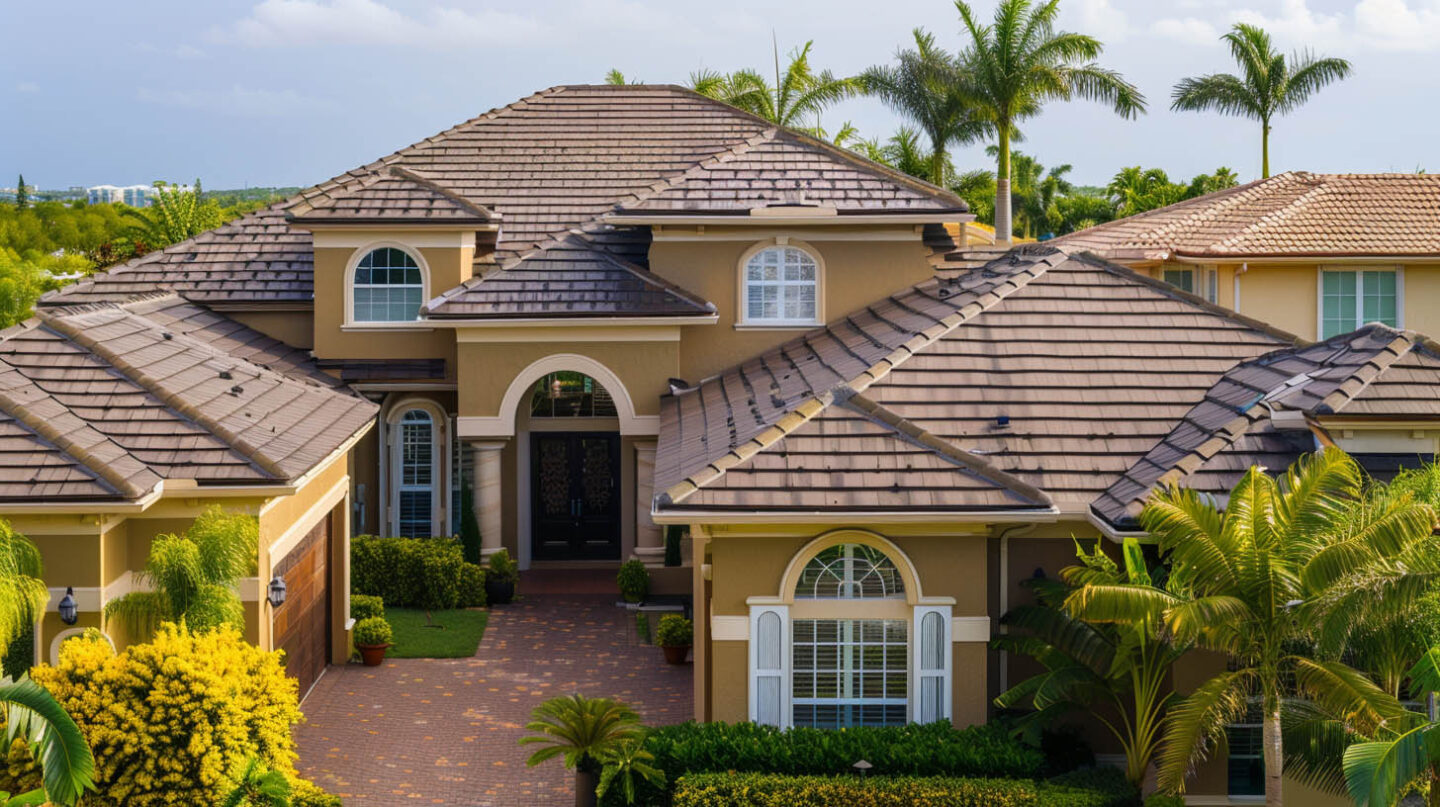Navigating the intricate dynamics of a homeowners association (HOA) can be challenging, particularly regarding the roof rules of the association. At The Shingle Master, we understand that well-structured guidelines play a crucial role in maintaining community harmony and preserving property values in Durham, NC. Our team specializes in providing expertly crafted roofing solutions that align with HOA regulations, ensuring that homeowners are well-informed and compliant. Properly drafted roofing regulations not only clarify expectations but also empower the architectural review committee to enforce compliance effectively. The nuances of creating these rules require a balance between legal perspective and community needs, and at The Shingle Master, we are committed to effective communication and clear definitions, paving the way for a harmonious neighborhood environment.
The Importance of Well-Written HOA Roof Rules
Clear and comprehensive HOA roof rules play a crucial role in maintaining community association harmony and higher property values. By establishing specific guidelines, homeowners associations can mitigate misunderstandings and foster effective communication among community members. This includes addressing maintenance responsibilities and aesthetic considerations that promote the overall quality of life within the community.
Well-articulated rules also support the board of directors in enforcing compliance with the governing documents while minimizing the potential for disputes. In this way, they serve as an essential mechanism for preserving the integrity of association property.
Why Roof Rules Matter in Community Living
Setting clear roof rules is key to keeping property values up and making sure people live well in homeowners associations. The rules help people in the community talk to each other easily. They also lower the chance of problems when it comes to roofing choices. When everyone knows their maintenance responsibilities and what the roofs should look like, it keeps the buildings looking good. Good roof rules also help people follow local laws. This keeps the quality of life high for all community members.

How Vague Guidelines Lead to Disputes
Ambiguous roofing guidelines can breed misunderstandings among community members. Without clear specifications, homeowners may interpret rules differently, leading to conflict over seemingly trivial issues like permitted colors or materials. In specific circumstances, this lack of precise language often forces the architectural review committee to engage in informal dispute resolution, straying from the governing documents meant to maintain community harmony. Such disputes can escalate, impacting property values and the quality of life within the community, necessitating legal action or intervention from HOA boards.
Key Elements Every HOA Roof Rule Should Include
Effective roof rules should begin with a clear stipulation of permitted and prohibited materials, which not only aligns with architectural guidelines but also aids in maintaining the harmony of the community. Attention must also be given to the appearance and color of roofing to ensure that aesthetic standards are upheld, thereby protecting property values. Additionally, incorporating provisions for maintenance responsibilities and addressing potential disputes through effective communication can greatly enhance compliance and foster a sense of community among homeowners.
Clearly Defining Permitted and Prohibited Roofing Materials
In community living, establishing clear distinctions between permitted and prohibited roofing materials helps foster a harmonious environment. Architectural review committees should draft specific rules that align with both the HOA’s regulations and the aesthetic preferences of the neighborhood, including considerations for new construction. This clarity prevents conflicts and supports effective communication among community members. Furthermore, specifying maintenance responsibilities associated with different materials ensures that property values are upheld. By addressing these guidelines, associations can maintain the quality of life and architectural harmony essential for a thriving community.
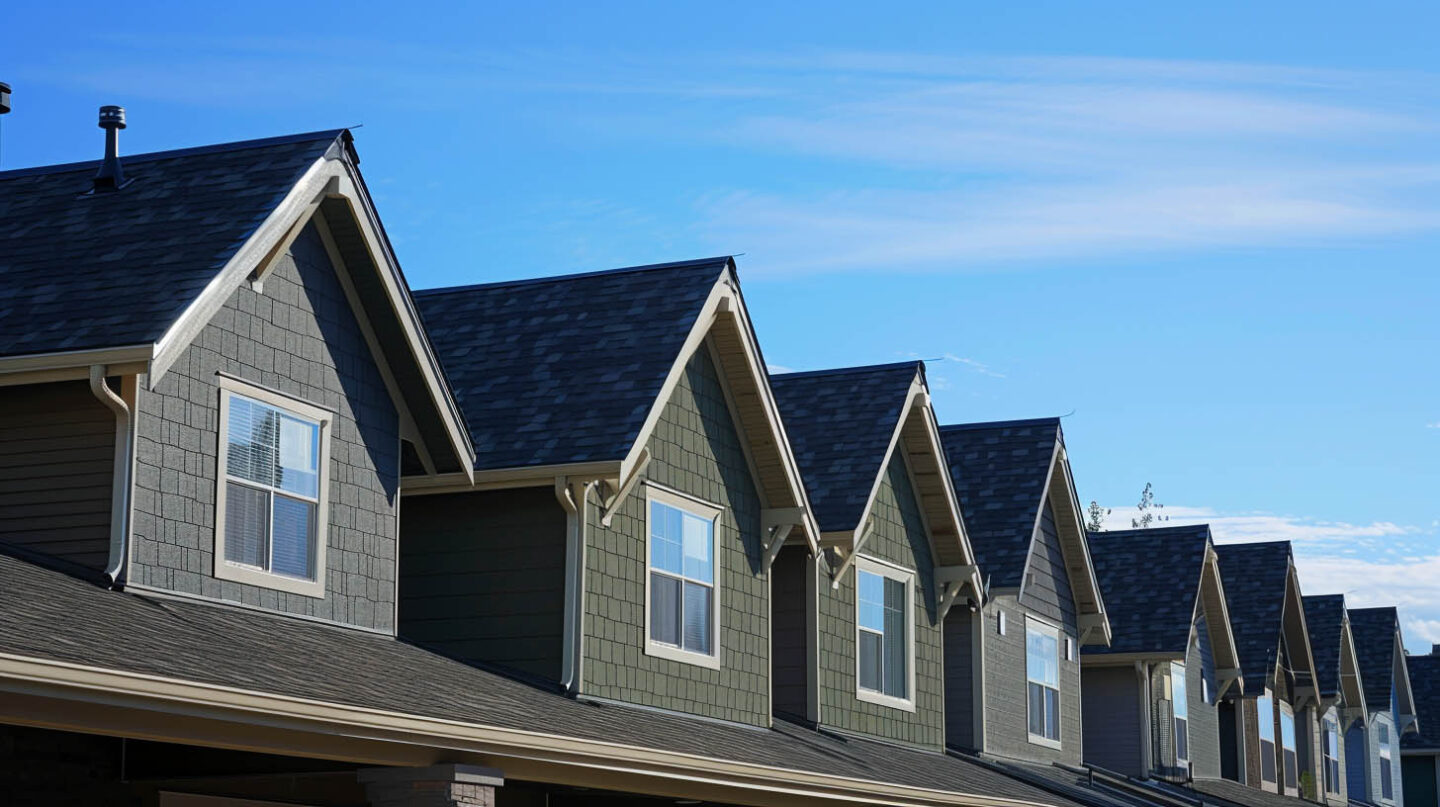
Addressing Appearance, Color, and Architectural Harmony
Establishing guidelines that address the aesthetic aspects of roofing is crucial for maintaining community harmony. Clear specifications about permissible colors and styles not only prevent disputes but also enhance the overall architectural integrity of the neighborhood. Effective communication about these guidelines ensures homeowners understand the importance of their choices in relation to collective aesthetics, often facilitated by the community manager. Implementing these rules fosters a sense of community, promotes higher property values, and supports the vision laid out by the board of directors regarding harmonious living within the HOA.
Common Mistakes HOAs Make When Drafting Roof Rules
Using vague or unclear language can make community members feel confused. When HOAs do not set specific rules about roofing materials or how things should look, people start to argue. Also, if they do not mention local or state laws in the governing documents, rules might not be enforceable and could be thrown out. These mistakes may lead to legal action and make the documents less useful. To keep property values up and help maintain community harmony, it is important to clearly say what the roof guidelines are.
Overly Broad or Ambiguous Language
Ambiguous language can create significant challenges within homeowners associations, often leading to confusion among community members regarding expectations. Without clear definitions, the rules become open to interpretation, which can prompt disputes and undermine community harmony. Effective communication is essential; carefully crafted guidelines should avoid overly broad phrases that lack specificity. By establishing precise terms, such as “maintenance responsibilities” or “design elements,” associations can minimize misunderstandings and maintain higher property values, while ensuring compliance with governing documents and fostering a sense of community.
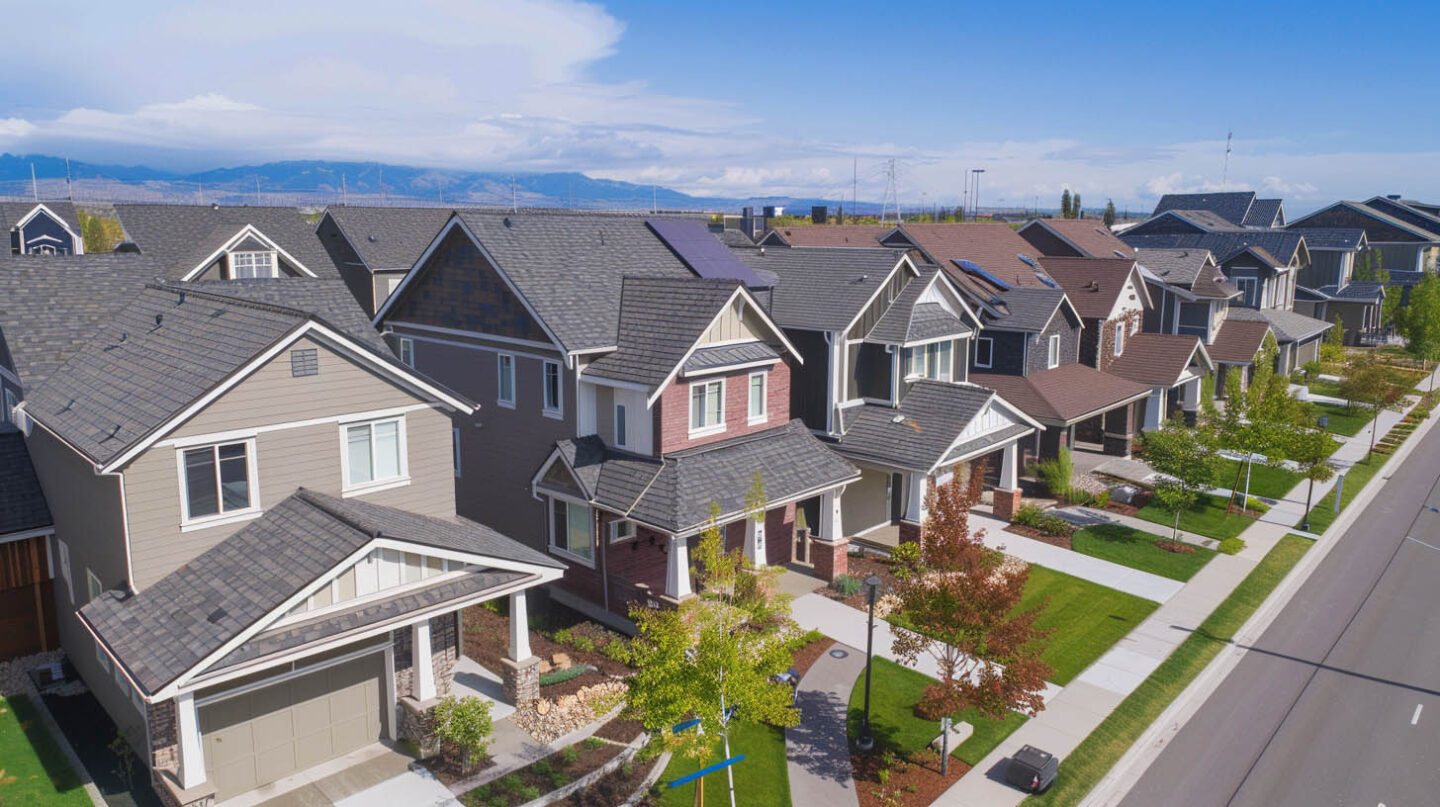
Failing to Reference Local or State Regulations
Neglecting to incorporate local or state regulations can significantly undermine HOA roof rules. Adherence to these legal frameworks not only establishes credibility but ensures the guidelines align with broader legal objectives. Community members must be aware that overlooking such essential elements may result in enforceable disputes and challenges regarding the legality of rules. By referencing applicable statutes, the homeowners association promotes a harmonious environment while protecting the quality of life within the community, ultimately reinforcing property values and minimizing maintenance-related conflicts.
Enforceable vs. Unenforceable Roof Rules
Understanding the difference between enforceable and unenforceable roof rules, including rules about satellite dishes, is vital for homeowners associations. Enforceable rules are clear, consistent, and aligned with governing documents and state laws, ensuring compliance and promoting community harmony. On the other hand, numerous vague stipulations can create confusion among community members and lead to selective enforcement. For example, rules regarding solar panel installations may face legal challenges if they’re not well-defined. Adhering to best practices will help avoid costly legal actions and enhance the overall quality of life within the neighborhood.
Avoiding Overreach: Knowing Legal Limits
Understanding the legal limits of HOA roof rules is essential for creating effective guidelines that enhance community cohesion without infringing on homeowners’ rights. Ensuring compliance with state laws and the Fair Housing Act can prevent selective enforcement and potential legal actions, thus avoiding significant legal implications. Incorporating a clear framework within the declaration of covenants delineates the boundaries of authority for the board of directors while addressing community needs. By respecting proper procedures and prioritizing effective communication, associations can maintain harmony while fulfilling their governing responsibilities.
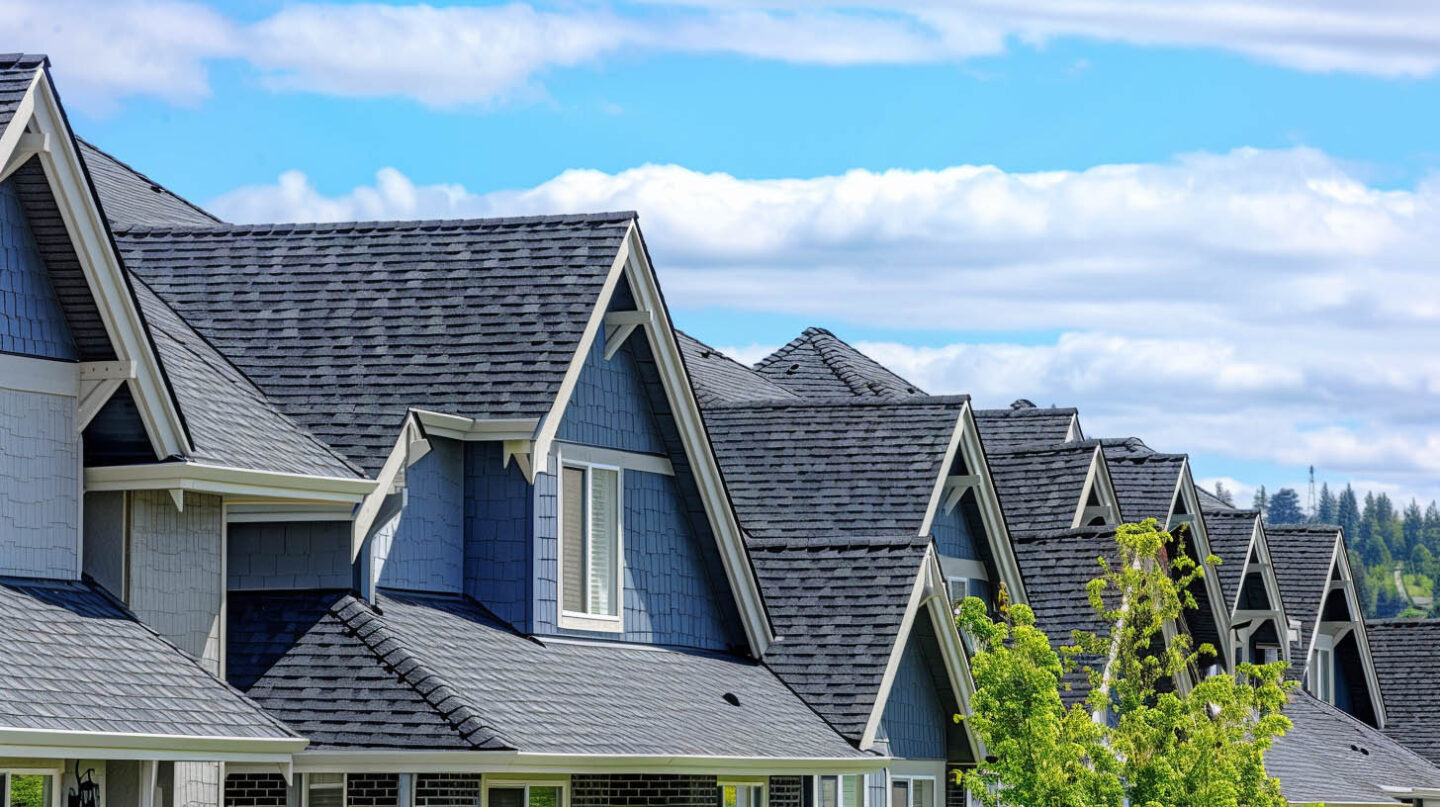
Examples of Rules That Rarely Stand Up in Court
Certain HOA rules often struggle to find legal footing, particularly those that lack clarity. regarding maintenance issues. For instance, vague stipulations regarding maintenance responsibilities can lead to disputes, as homeowners may interpret these guidelines differently. Additionally, rules imposing excessive restrictions on aesthetics, such as specific color choices without context, can be deemed arbitrary. Such limitations may fail to align with the governing documents, jeopardizing enforceability. Ultimately, clarity and fairness are paramount for maintaining community harmony while adhering to legal standards.
Writing Clear and Comprehensive Roof Guidelines
Making roof guidelines clear is key to keeping community harmony and saving property values. When the language is exact, the board members and community members do not mix up the meaning. Using diagrams and visual examples makes architectural guidelines easy to follow. Everyone can see what roofing materials and looks are wanted. These easy steps help with effective communication and stop fights before they start. In the end, people see keeping up with hoa rules as something all of us work for, not something forced, and that helps build a strong sense of community.
Using Precise Language to Avoid Misinterpretation
The effectiveness of HOA roof rules greatly hinges on the use of precise language. Clear terminology helps mitigate the potential for misinterpretation among community members, thereby fostering harmony and reducing disputes. Well-defined terms regarding maintenance responsibilities, roofing materials, and appearance can lead to better compliance with the governing documents.
Ambiguity can breed confusion, making informal dispute resolution more challenging. By adhering to best practices in language and clarity, HOA boards can promote effective communication and ensure that rules serve their intended legal objectives while upholding property values.
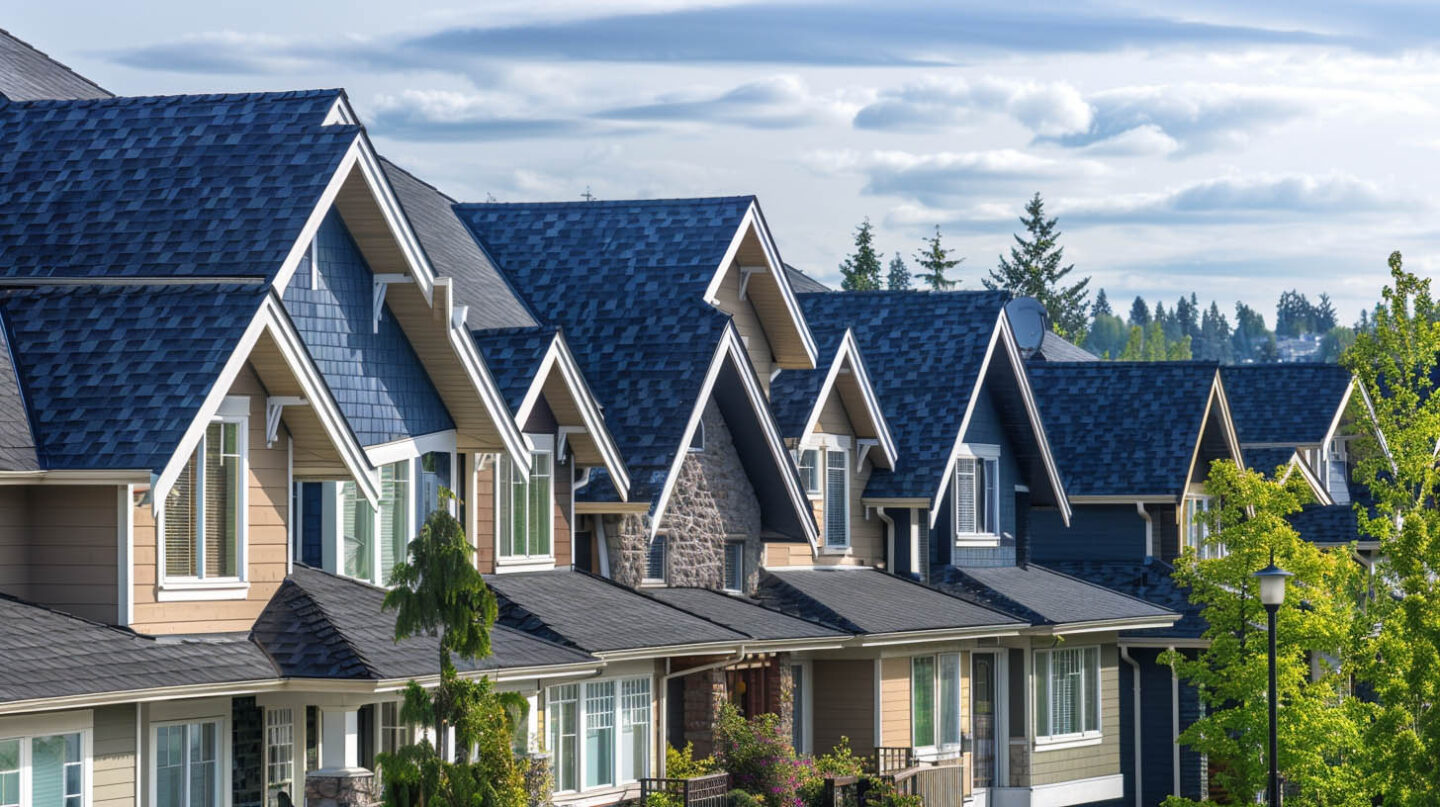
Incorporating Visual Examples and Diagrams
Utilizing visual examples and diagrams significantly enhances the clarity of HOA roof rules, allowing community members to grasp complex guidelines quickly. These representations can illustrate acceptable roofing styles, materials, and color palettes, fostering a better understanding among homeowners. Such visuals not only support effective communication but also help maintain community harmony by aligning expectations with the governing documents. By visually demonstrating the architectural guidelines, HOAs can significantly reduce disputes related to subjective interpretations, promoting a collaborative environment for all community members.
Get in Touch
In short, setting up clear HOA roof rules is key to keeping community harmony and protecting property values. Good and effective communication between board members and community members is so important. It helps stop fights and confusion before they start. If all follow best practices and stick to local laws, then the group can make rules that respect homeowners’ rights and also make sure they are within the law. Our awards, including GAF Master Elite Contractor, BBB A+, Haag Certified Inspector, NC Licensed General Contractor, and Raleigh’s Best Roofing Contractor, demonstrate our commitment to excellence. When you put these rules first, it helps build a strong sense of community and can also guard the group from any legal action later on.
Frequently Asked Questions
Can I sue HOA for not fixing the roof?
If the HOA fails to address roof repairs as outlined in governing documents, homeowners may have grounds for legal action. However, state laws and the specific terms of the HOA agreement will influence whether a lawsuit is viable or likely to succeed.
What is our most common and complained about HOA violation?
The most common and complained-about HOA violation typically involves unauthorized exterior modifications, such as unapproved roofing materials or color changes. These violations often lead to disputes among neighbors, highlighting the need for clear and comprehensive roof rules within the community.
Read our blog: Roof Red Flags on a Seller’s Pre-Inspection

